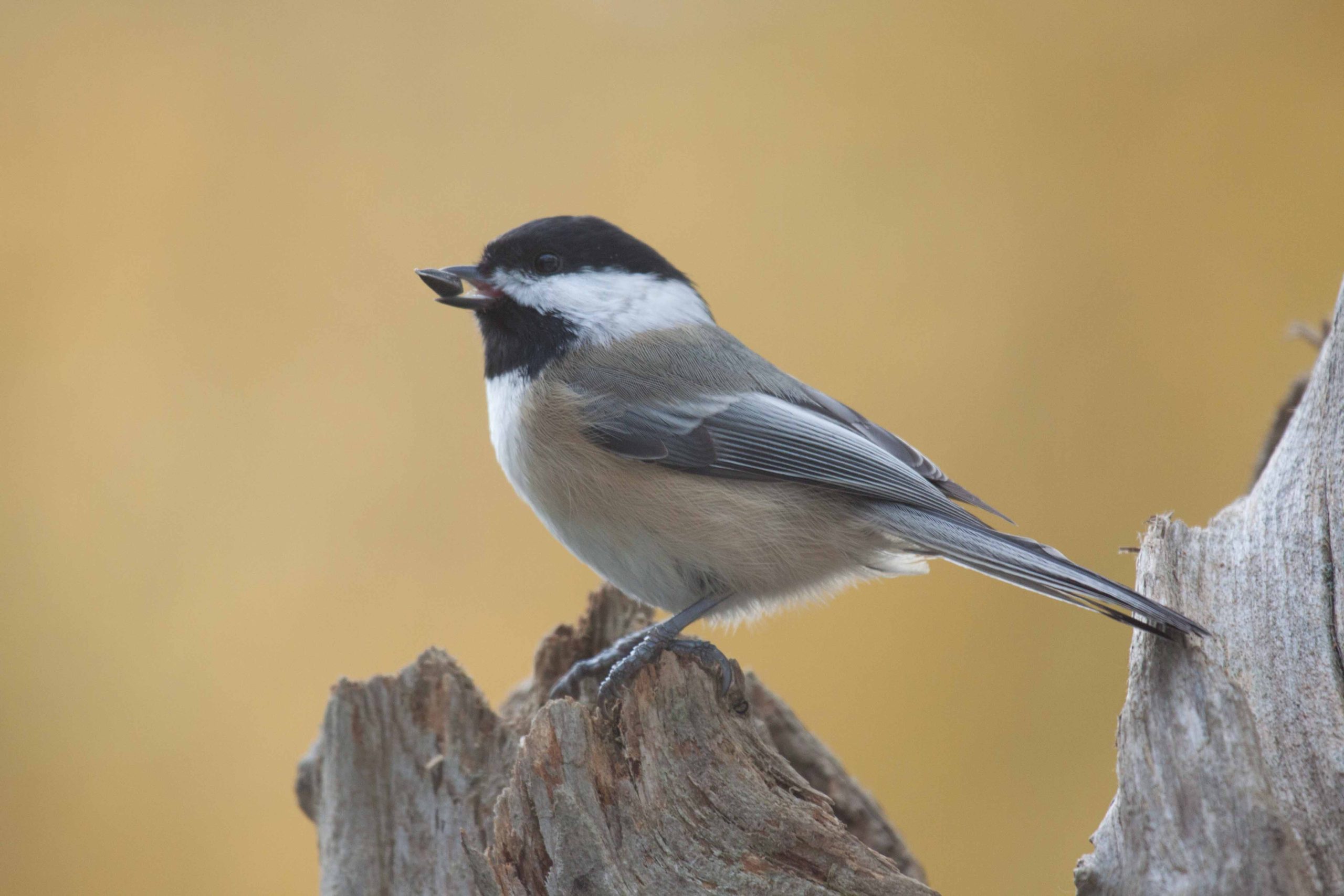For release: 26 October, 2022
Port Rowan, ON—Helping birds has never been easier. Last fall and winter, more than 25,000 people across North America watched the birds in their neighbourhoods and turned their observations into scientific discoveries. Project FeederWatch is coordinated by Birds Canada and the Cornell Lab of Ornithology and is a welcoming activity for both new-to-birding and experienced birders. Everyone is welcome to sign up now and begin counting birds when the 36th season of Project FeederWatch starts November 1, 2022.
By taking part in Project FeederWatch, volunteers make it possible to track long-term trends in our winter birds. Resources to help identify the bird species such as posters, webinars, an app and online support are provided. The observations are used in scientific research and to increase our understanding of how our wildlife is faring and actions needed to protect them.
Kerrie Wilcox, Project FeederWatch Leader at Birds Canada says “taking part in Project FeederWatch is really easy. Participants just need to sign up, count the birds outside, and submit results online or by using the Project FeederWatch mobile app”. In Canada, participants make a donation of any amount to Birds Canada at birdscanada.org/feederwatch then can sign up online, or call toll-free: 888-448-2473. Participants in the U.S. can join online at Feederwatch.org.

Blue Jay Photo: Gord Belyea
Everyone is welcome to take part. Each person decides how much time to spend and how often to count birds – and they don’t even need a feeder to participate! When they sign up, Birds Canada will send them a handbook with instructions, a poster of common species, and a calendar to keep track of their bird watching days.
Last season, Black-capped Chickadees topped the list for the most commonly-seen bird across Canada. The Downy Woodpecker and Dark-eyed Junco completed the top three.
We still have so much to learn! The long-term dataset collected by Project FeederWatch participants gets more and more useful with each passing season. Project FeederWatch data were used in a recent study on Red-breasted Nuthatch movements during winters, which occur when their food is lacking in forests up north. The study suggested that the nuthatches’ need to leave breeding grounds to find food in unfamiliar places resulted in a decline in the breeding population. Project FeederWatch data can help scientists determine the causes of the decline.

Black-capped Chickadee Photo: Gord Belyea
Project FeederWatch needs participants across North America to count common birds – the birds that many people see every day – not just rare ones. How are these common species responding to habitat changes and warmer winters? Even if you just see one Black-capped Chickadee or two House Sparrows, it is valuable information that helps build a picture of how the birds we care about are doing from one year to the next.
Project FeederWatch is a joint research and education project of Birds Canada and the Cornell Lab of Ornithology. Project FeederWatch is supported in Canada by our national sponsor Armstrong Bird Food and by Wild Birds Unlimited.
Media Contact:
Kerrie Wilcox, Canadian Leader, Project FeederWatch, Birds Canada,
Tel. 519-586-3531 ext. 134 or 1-888-448-2473 (toll free) kwilcox@birdscanada.org. www.birdscanada.org
In the U.S., contact Emma Greig, eig9@cornell.edu.
